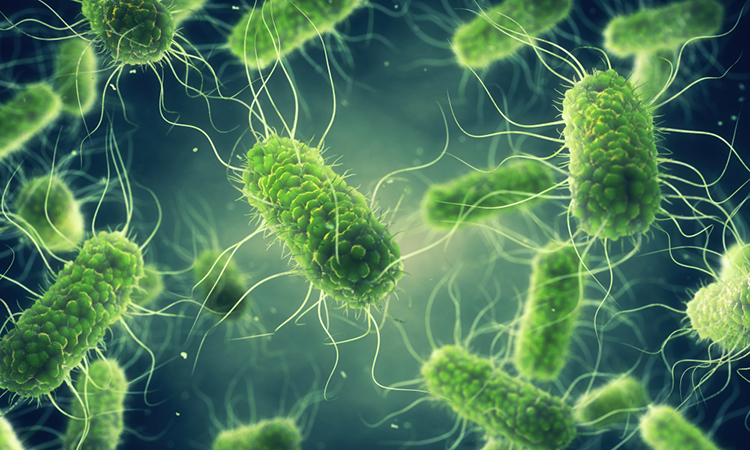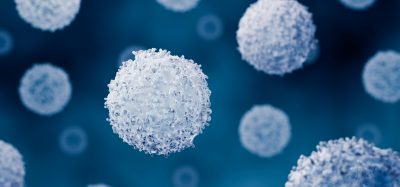The loading mechanism of bacteria injectisomes is now understood
Posted: 5 January 2024 | Drug Target Review | No comments yet
Proximity labelling and single-particle tracking demonstrated that effectors in bacteria bind to mobile injectisome components.


A team of researchers led by Dr Andreas Diepold from the Max Planck Institute for Terrestrial Microbiology in Marburg, and Dr Ulrike Endesfelder, from the University of Bonn, have discovered how disease-causing bacteria load their type III secretion systems so that the correct proteins are injected at the right time into host cells.
Bacteria of the genus Salmonella or Yersinia load their tiny injection apparatuses known as type III secretion systems or “injectisomes” to inject harmful proteins into host cells. Having a full understanding of injectisomes’ structure and function would enable researchers to control the disease and hijack the injectisomes to deliver specific drugs into cells, like cancer cells.
Although the structure of the injectisome has already been elucidated, it remained unknown how the bacteria load their syringes so that the correct proteins are injected at the right time.
Effectors search for proteins
In the study, the researchers discovered that mobile components of the injectisome search through the bacterial cell for proteins to be injected, so-called effectors. When they encounter an effector, they transport it to the gate of the injection needle.
Dr Stephan Wimmi, first author of the study as a postdoctoral researcher in Diepold’s laboratory said: “We think that this shuttle mechanism helps to make the injection efficient and specific at the same time – after all, the bacteria have to inject the right proteins quickly to avoid being recognised and eliminated by the immune system, for example.”
New techniques were required to gain this understanding of the loading mechanism of the injectisome. Dr Diepold, co-leader of the study and research group leader at the Max Planck Institute, explained: “Conventional methods, which are normally used to detect that proteins bind to each other, did not work to answer this question – possibly because the effectors are only bound for a short time and then immediately injected…That’s why we had to analyse this binding in situ in the living bacteria.”
Dr Endesfelder said: “To measure these transient interactions we made use of two novel approaches that work in living cells, proximity labelling and single-particle tracking.” Proximity labelling, in which a protein marks its immediate neighbours, allowed them to demonstrate that the effectors in the bacterium bind to the mobile injectisome components. Single particle tracking, a high-resolution microscopy method that follows individual proteins in cells, enabled this binding to be examined in more detail.
Looking forward, the team aim to use their method to investigate other mechanisms that bacteria use to cause infections.
This study was published in Nature Microbiology.
Related topics
Drug Delivery, Protein
Related conditions
Cancer, Salmonella
Related organisations
Max Planck Institute for Terrestrial Microbiology, University of Bonn








